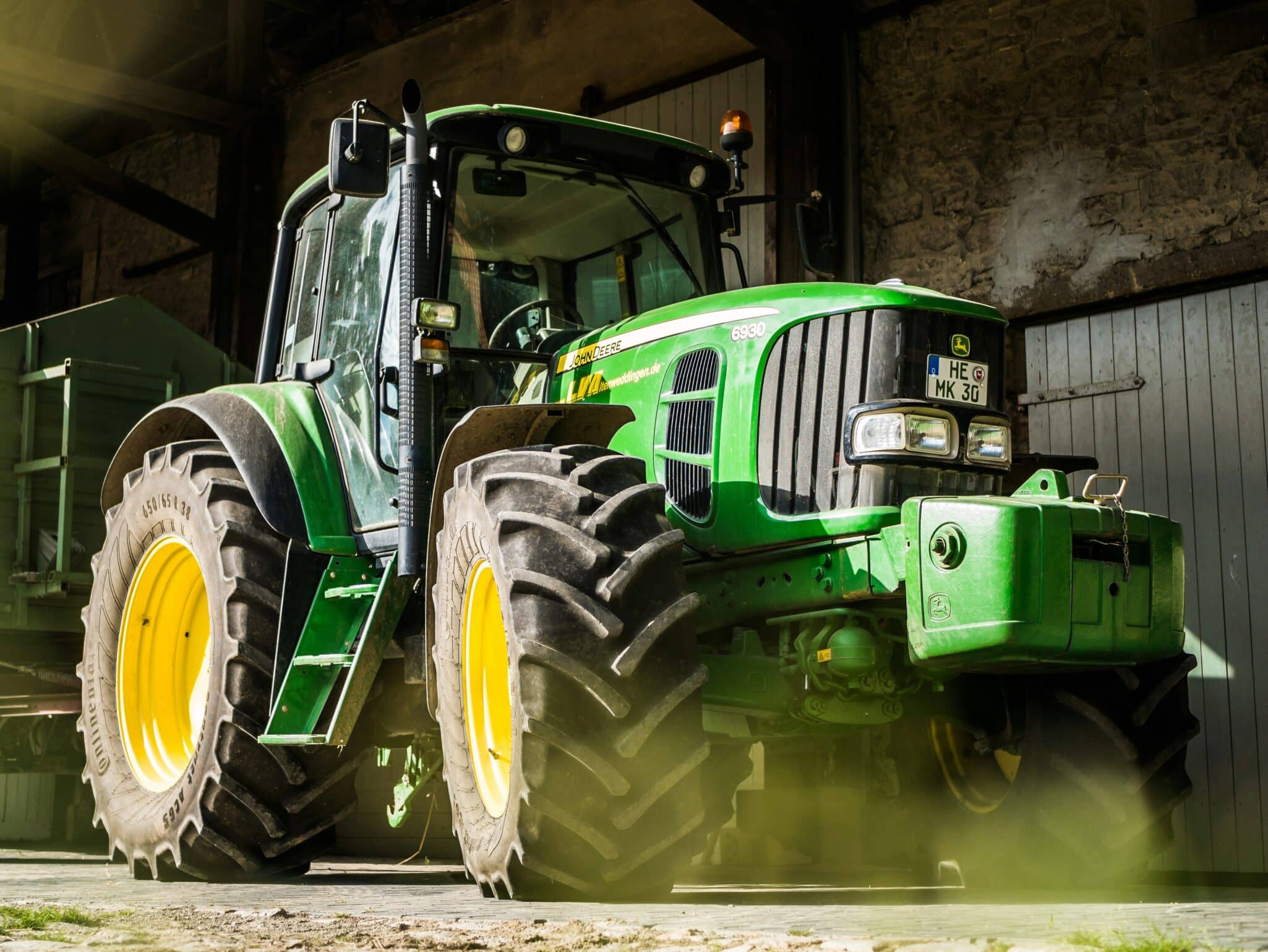Key Takeaways
- CoBank’s Q2 2025 Knowledge Exchange report warns of tightening U.S. labor supply due to low birth rates, declining participation, and reduced migration
- Labor constraints may impact rural industries, prompting a shift toward AI and automation
- U.S. housing unaffordability and homebuilder challenges weigh on consumer sentiment
- Agriculture sectors face mixed conditions across grain, protein, biofuels, and supply inputs
- Political shifts, particularly the One Big Beautiful Bill Act, reshape farm policy and funding
U.S. Labor Supply Under Pressure According To CoBank
A new report from CoBank’s Knowledge Exchange highlights compounding factors—declining labor force participation, low fertility rates, and net migration collapse—as contributing to a shrinking U.S. labor pool. “Barring an unforeseen change in labor force participation rates or immigration policies, the pool of available workers is set to shrink precipitously in the next few years,” said Rob Fox, director of CoBank’s Knowledge Exchange.
The report notes nearly 2.5 million working-age individuals exited the labor force in the last eight months, with impacts likely to intensify in regions like the Upper Midwest and Central Plains. CoBank suggests that industries in rural America adopt AI and robotics to navigate labor constraints, especially as baby boomer retirements increase.
Economic Outlook: Growth Concerns Amid Consumer Strain
While unemployment remains low and inflation appears contained, consumer sentiment is weak, driven largely by rising housing costs. Since 2021, the cost of homeownership has risen 60%, contributing to a decline in the national homeownership rate. New single-family housing starts have dropped 16% in the last three months, and major homebuilder stock indices have declined by roughly 30% since late 2024.
Farm Policy and Rural Development Repercussions
CoBank’s report also evaluates the impact of recent U.S. legislation. The One Big Beautiful Bill Act (OBBBA) passed under the Trump administration delivered major changes to farm program funding, cutting nearly $200 billion from total farm bill allocations. While some core agricultural programs secured continued support, rural development initiatives and domestic food assistance programs experienced substantial reductions.
The debate over farm policy funding led to what CoBank describes as a fracturing of the traditional farm bill coalition, signaling ongoing uncertainty for agricultural stakeholders.
Agricultural Market Trends and Supply Chain Challenges
Grains and Inputs
Favorable growing conditions in the U.S. and South America are putting downward pressure on corn prices, which fell 7% last quarter. Soybean export demand remains low due to reduced Chinese purchases. Winter wheat yields are expected to be strong, despite rain-related delays.
Agriculture retailers saw strong agronomy sales in spring, but forecasts for 2026 pre-sales are more cautious. Higher input costs, interest rates, and tariff uncertainties may prompt farmers to reduce chemical use and delay purchasing decisions.
Biofuels Policy Uncertainty
CoBank highlights policy ambiguity around renewable volume obligations (RVOs), refinery exemptions, and clean fuel tax credits as critical issues for biofuel producers. The Environmental Protection Agency’s (EPA) upcoming decisions, especially regarding soybean oil allocation, may shape market dynamics through the end of 2025.
Animal Protein and Dairy Performance
Record cattle prices supported cow-calf producers and feedlots, though packers face tighter margins. Pork prices climbed in Q2 amid grilling season demand and declining cold storage inventories. Broiler production remains strong, driven by restaurant sector promotions, while egg output has set new records.
U.S. milk production rose 1.6% year-over-year in May. Most herd expansion occurred in states with new processing capacity—Texas, Idaho, Kansas, and South Dakota—while strong margins encouraged retention of dairy cows despite high beef prices.
Cotton, Rice, and Sugar Market Updates
Cotton acreage is forecast to fall nearly 10% for 2025/26, while prices remain below profitability for many producers. Rice production is mixed, with long-grain acres down due to poor planting conditions and medium-grain acreage rebounding in California. Sugar prices fell amid weakening demand linked to dietary trends and higher inventories among packaged goods companies.
Infrastructure and Energy Policy Developments
The report also examines recent shifts in U.S. digital and energy infrastructure policy. Changes to the Broadband Equity, Access, and Deployment (BEAD) program now allow fixed wireless and satellite providers greater access to funding, altering competition dynamics in rural connectivity.
On energy, CoBank notes the lack of attention to the U.S. Strategic Petroleum Reserve (SPR) despite increased geopolitical tensions. Maintaining the SPR, the report argues, remains critical for national energy security even as the U.S. continues to be a net oil exporter.
Read the entire report from CoBank here.



